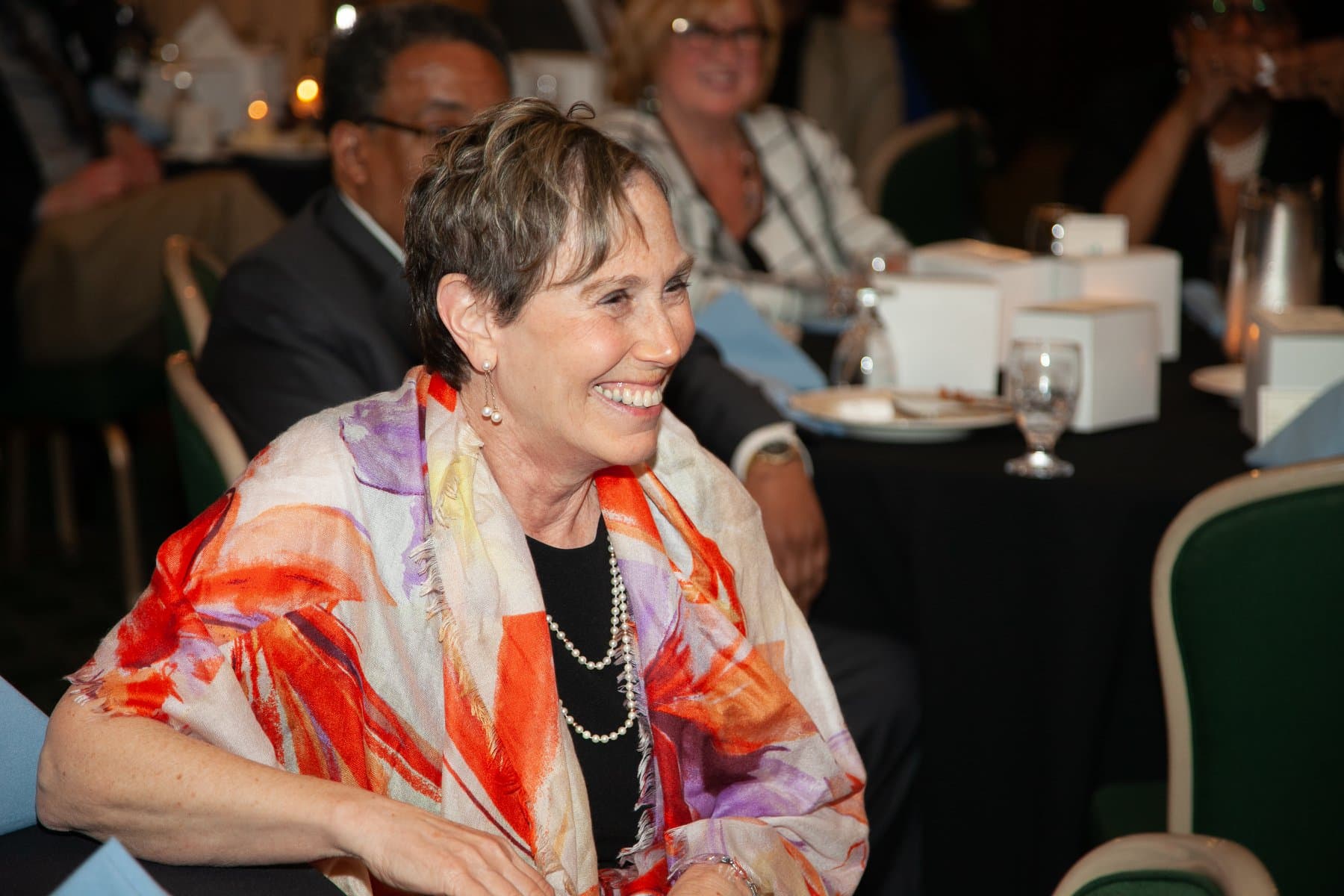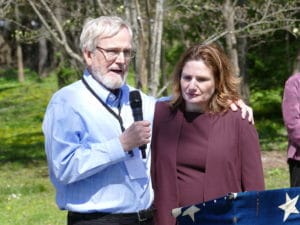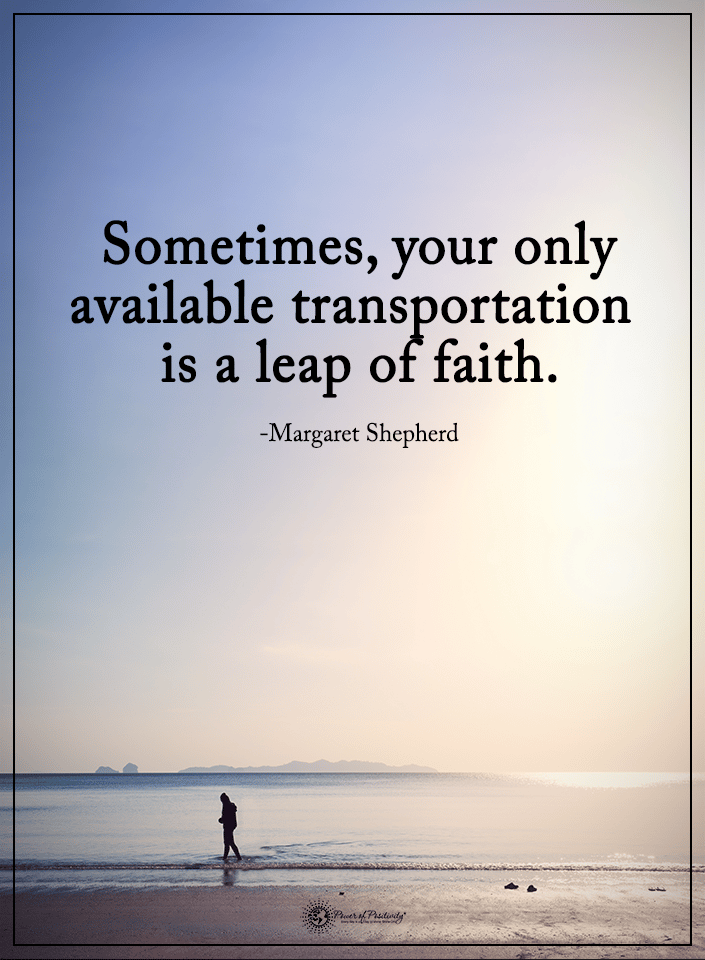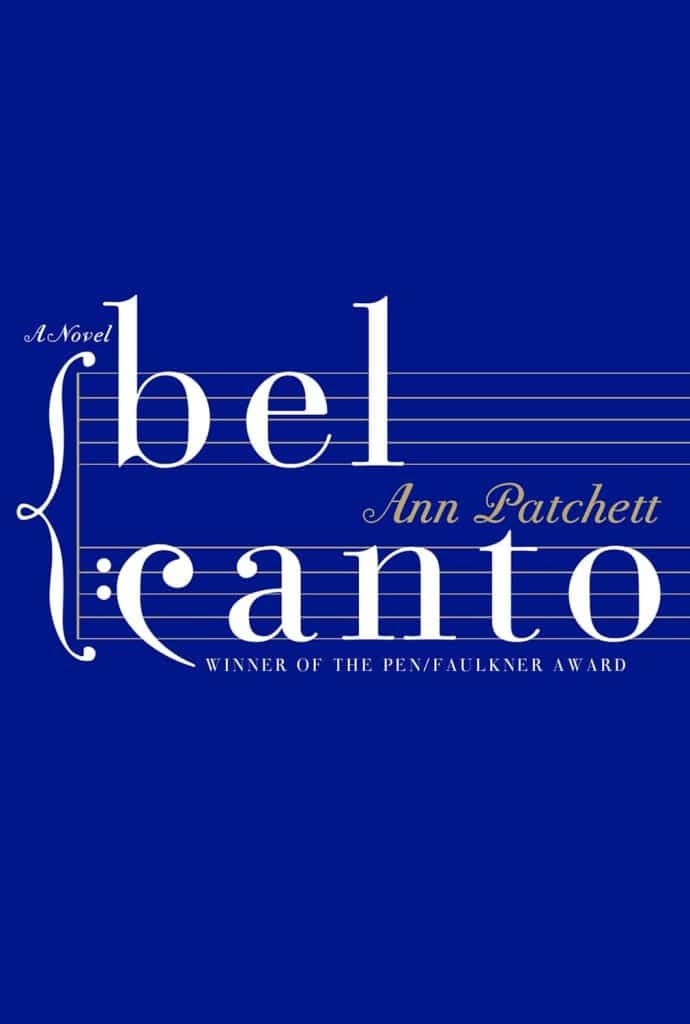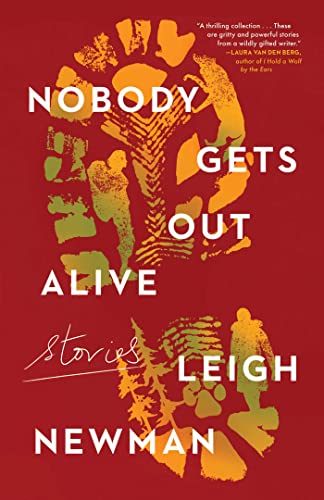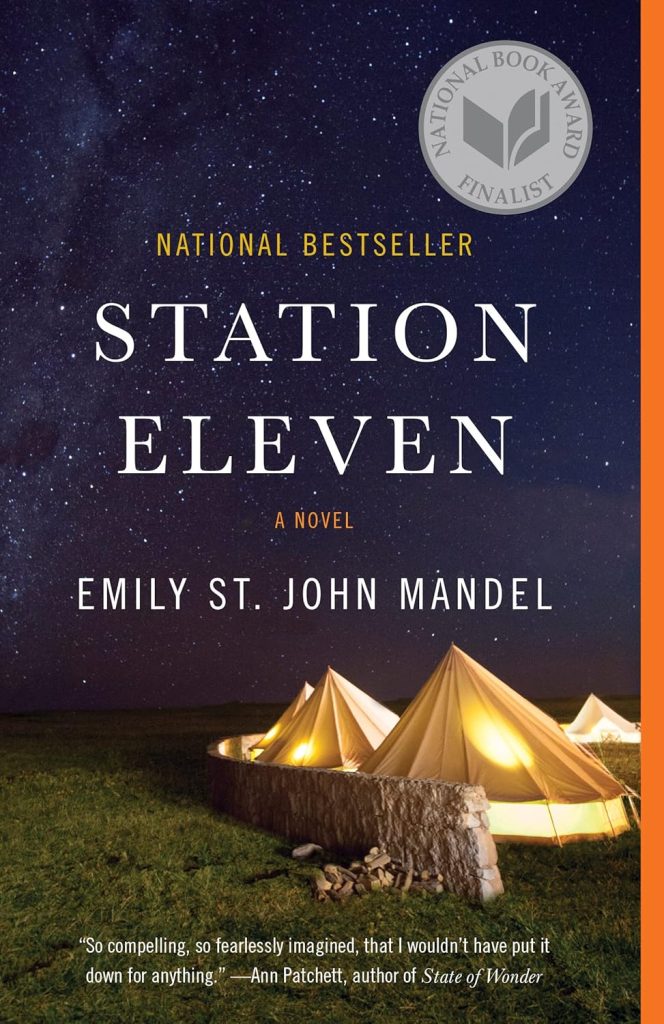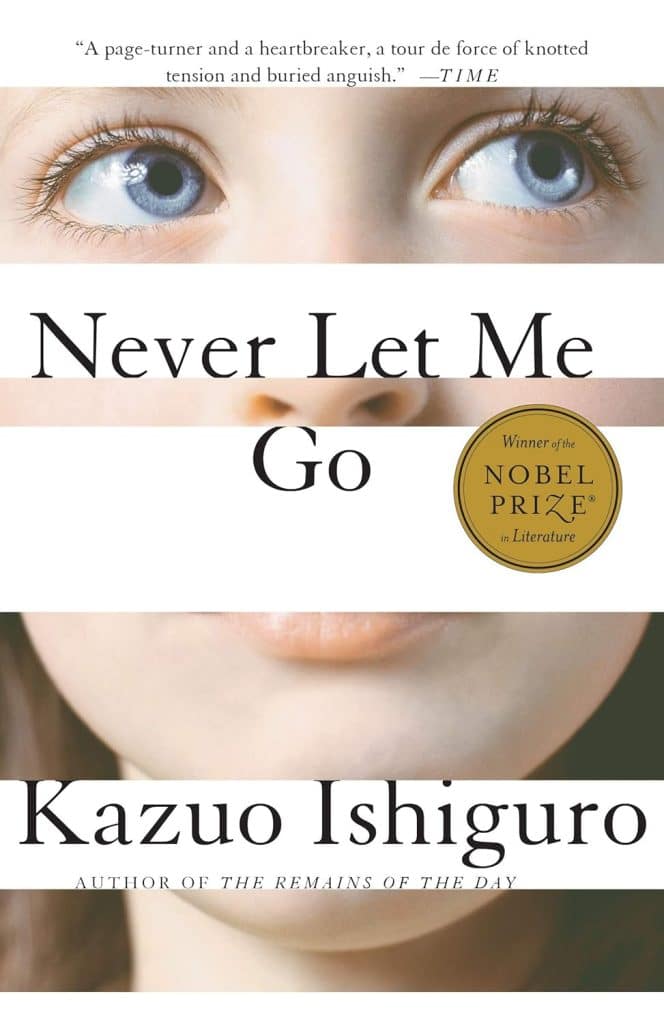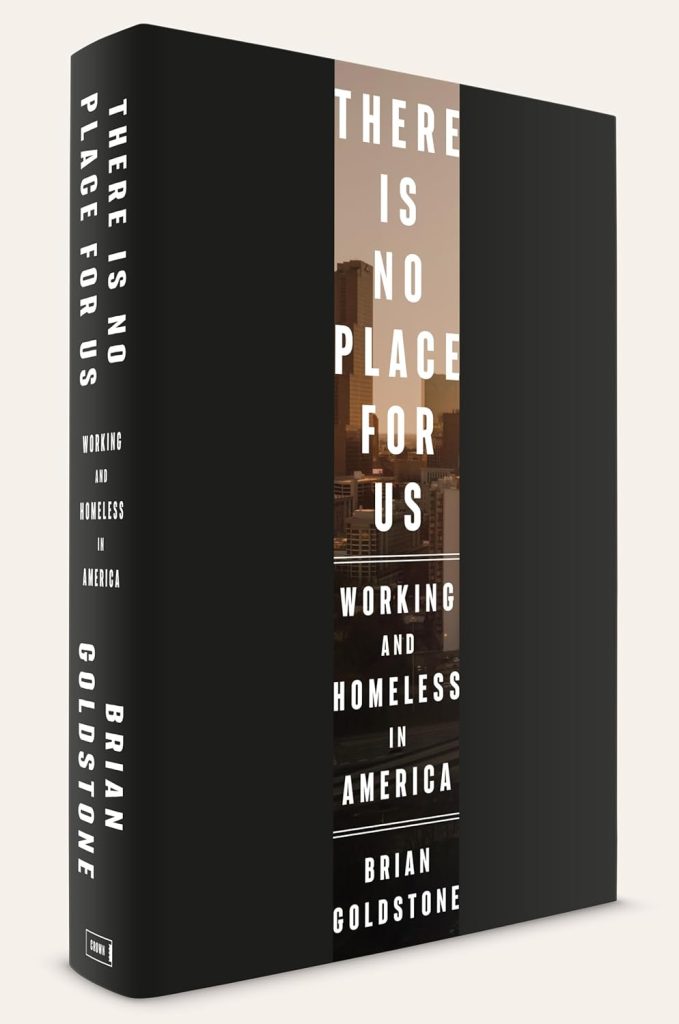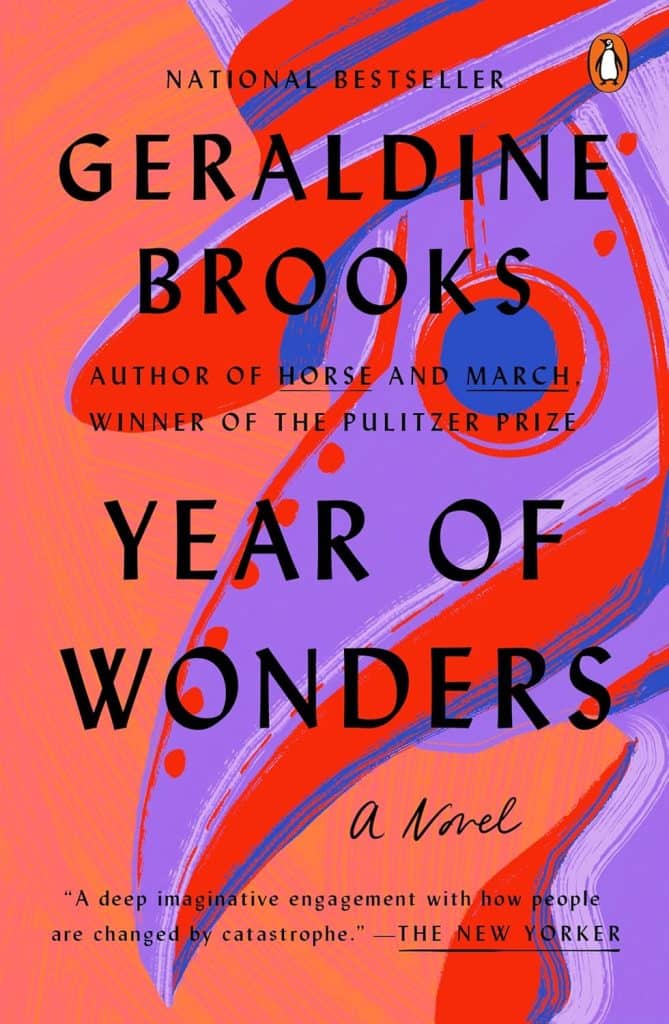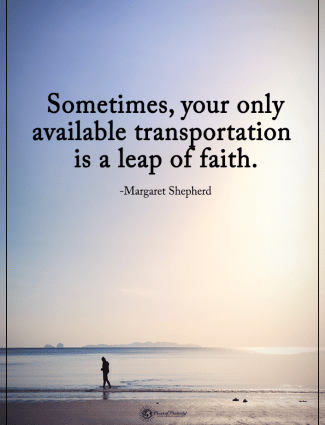
Faith is All I Needed!
Estimated reading time: 1 minute, 9 secondsI have faced many challenges in my lifetime, but losing my beloved was the most difficult one. Thankfully, Rabbi Dr. Renee Edelman offered me guidance and support, which gave me hope and taught me how to live life to the fullest, even after my loss.
Throughout my life, faith has been my guiding force. It has empowered me to persevere through challenges and achieve personal growth. As a result, I have embraced life to the fullest, cherished meaningful relationships, and strived to impact the world around me positively.
Since Jan’s passing, my journey has been encapsulated in my one-sentence eulogy. It reads: “A life fully lived, sharing and cherishing Jan’s love, dedicating myself to repairing the world, and constantly striving for improvement.
As Quan Barry wrote in When I’m Gone, Look for Me in the East,
Sometimes faith is the only medicine available.
The Jan Lilien Education Fund sponsors ongoing sustainability and environmental awareness programs. Gifts made this month; I will match dollar-for-dollar. All donations are tax-deductible.
I receive a commission when you buy a book or product using a link on this page. Thank you for supporting Sharing Jan’s Love blog.
